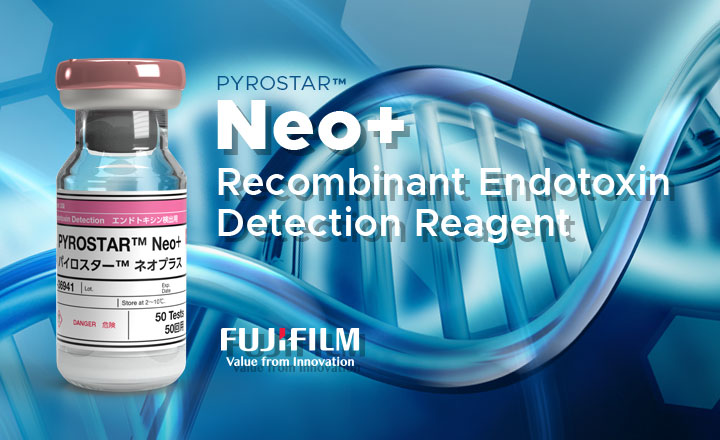Sample interference occurs when a substance or a process developing in a sample leads to incorrect test results. The potential consequences of sample interference are serious, including a misleading test interpretation or even an incorrect diagnosis. Sample interference can be both endogenous and exogenous. Endogenous interference occurs due to substances naturally present in a sample. Exogenous interference occurs due to external substances or processes, including drugs, additives, collection tube components, processing steps, clot formation, or contamination. Due to the negative and potentially severe consequences of sample interference, the risk for it should always be considered when designing and performing tests.
The Limulus amebocyte lysate (LAL) assayThe Limulus amebocyte lysate (LAL) assay is employed to detect the presence of bacterial endotoxins in analyzed samples. Potentially harmful endotoxins are released from the outer membrane of gram-negative bacteria primarily after bacterial lysis. It is therefore essential to ensure that the LAL assay can be performed without sample interference.
Discover strategies for reduction of sample interference in the LAL assay here or contact the supplier for details using the green "Request Information" button below.
























